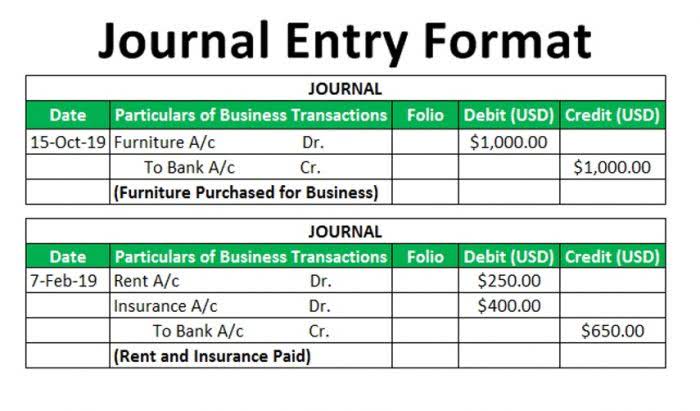The efficiency with which a company uses its assets can also directly influence profits and revenues. Efficient asset use creates an environment where assets are fully utilized to generate maximum revenue, without being overutilized to the point of diminishing returns. Also, a business might intentionally limit sales growth while refining its product or investing in research and development.
Such ratios should be viewed as indicators of internal or competitive advantages (e.g., management asset management) rather than being interpreted at face value without further inquiry. The asset turnover ratio is most helpful when compared to that of industry peers and tracking how the ratio has trended over time. As we can see from the example above, asset turnover ratio with a value greater than 1 stands for high efficiency, because the value of the revenue is higher than the value of the assets used. The higher the asset turnover, the better a company uses its assets to generate revenue. If asset turnover is low, on the other hand, this indicates that efficiency is less good. That means that for every dollar of assets Don’s business has, it’s only earning $0.68 in sales.
Depreciation is the allocation of the cost of a fixed asset, which is expensed each year throughout the asset’s useful life. Typically, a higher fixed asset turnover ratio indicates that a company has more effectively utilized its investment in fixed assets to generate revenue. Mere comparison across industries might lead to a misleading interpretation due to fundamental differences in the nature of operations and capital usage. Asset turnover ratios vary across different industry sectors, so only the ratios of companies that are in the same sector should be compared.
Watch this short video to quickly understand the definition, formula, and application of this financial metric. Additionally, you can track how your investments into ordering new assets have performed year-over-year to see if the decisions paid off or require adjustments going forward. We’re firm believers in the Golden Rule, which is why editorial opinions are ours alone and have not been previously reviewed, approved, or endorsed by included advertisers.
Effect of Efficiency on Profits and Revenues
- Adam received his master’s in economics from The New School for Social Research and his Ph.D. from the University of Wisconsin-Madison in sociology.
- The asset turnover ratio is used to evaluate how efficiently a company is using its assets to drive sales.
- Although these strategies might initially result in a low TAT, they could produce more favorable long-term outcomes.
- A common variation of the asset turnover ratio is the fixed asset turnover ratio.
- It offers a clearer view of how effectively a company is utilizing its total assets to generate revenue and how external and internal factors can affect this ratio.
Conversely, if a company has a low asset turnover ratio, it means it is not efficiently using its assets to create revenue. A high total asset turnover can be indicative of effective resource utilization. This can contribute to the fulfilment of a company’s CSR policies, particularly those focused on efficient resource use.
What does the asset turnover ratio tell us?
Companies should strive to maximize the benefits received from their assets on hand, which tends to coincide with the objective of minimizing any operating waste.
At Finance Strategists, we partner with financial experts to ensure the accuracy of our financial content. Diane Costagliola is a researcher, librarian, instructor, and writer who has published articles on personal finance, home buying, and foreclosure. The relevance and usefulness of each depend largely on the nature of the business and the kind of industry it operates in.
Asset turnover is a key figure for evaluating the efficiency with which a company allocative efficiency uses its assets to generate income. Here we show you what asset turnover actually means, how it is calculated and what it indicates. Do this by running a balance sheet dated January 1, 2019, and then running a second balance sheet dated December 31, 2019. If you’re keeping books manually, you’ll need to access both balances from your ledger. Industry averages provide a good indication of a reasonable total asset turnover ratio.
Asset turnover vs. return on assets
It measures how effectively a company is managing its assets to produce sales and is a key indicator of operational efficiency. A higher ratio suggests that the company is using its assets more effectively to generate revenue. The Asset Turnover Ratio is calculated by dividing the company’s revenue by its average total assets during a certain period. Sometimes, investors and analysts are more interested in measuring how quickly a company turns its fixed assets or current assets into amended tax return sales. In these cases, the analyst can use specific ratios, such as the fixed-asset turnover ratio or the working capital ratio to calculate the efficiency of these asset classes.
11 Financial’s website is limited to the dissemination of general information pertaining to its advisory services, together with access to additional investment-related information, publications, and links. In essence, a higher Total Asset Turnover ratio can suggest that a company is doing more with less. For companies seeking to align their operations with sustainable practices, this could signal effective progress. For Year 1, we’ll divide Year 1 sales ($300m) by the average between the Year 0 and Year 1 PP&E balances ($85m and $90m), which comes out to a ratio of 3.4x.
For instance, let’s imagine two companies within the same industry, with similar total assets amount. Therefore, all other things being equal, Company A is likely to have a higher profit margin than Company B. Lastly, the decisions of a company’s management can influence the total asset turnover ratio. These decisions can be about capital investments, debt structure, strategy on cost management, asset utilization and much more. If management invests in non-performing assets or fails to optimally utilize the existing assets, the total asset turnover ratio may decline. On the contrary, sound choices on asset investment and management are likely to increase the total asset turnover ratio.
Asset Turnover Ratio
This is often the case in sectors like retail or wholesale trade where current assets may form the larger chunk of a business’s total assets. The nature of this industry is such that inventory is often being converted into sales quickly. It’s also common for retail businesses to operate on lower profit margins than other industries which results in higher revenue generation relative to their assets.
It is a significant financial analysis tool that gauges management’s effectiveness, sizes up overall company performance and allows for informative sector comparisons. As with all financial metrics, while it can tell us a lot, it should always be used as part of a bigger matrix of figures and ratios to ensure a comprehensive evaluation of company’s health and performance. In essence, the total asset turnover ratio shows how efficiently management is converting a company’s assets into sales or revenue. A higher ratio is generally indicative of more effective utilization of assets, signifying that the company can generate more sales per unit of assets owned.






